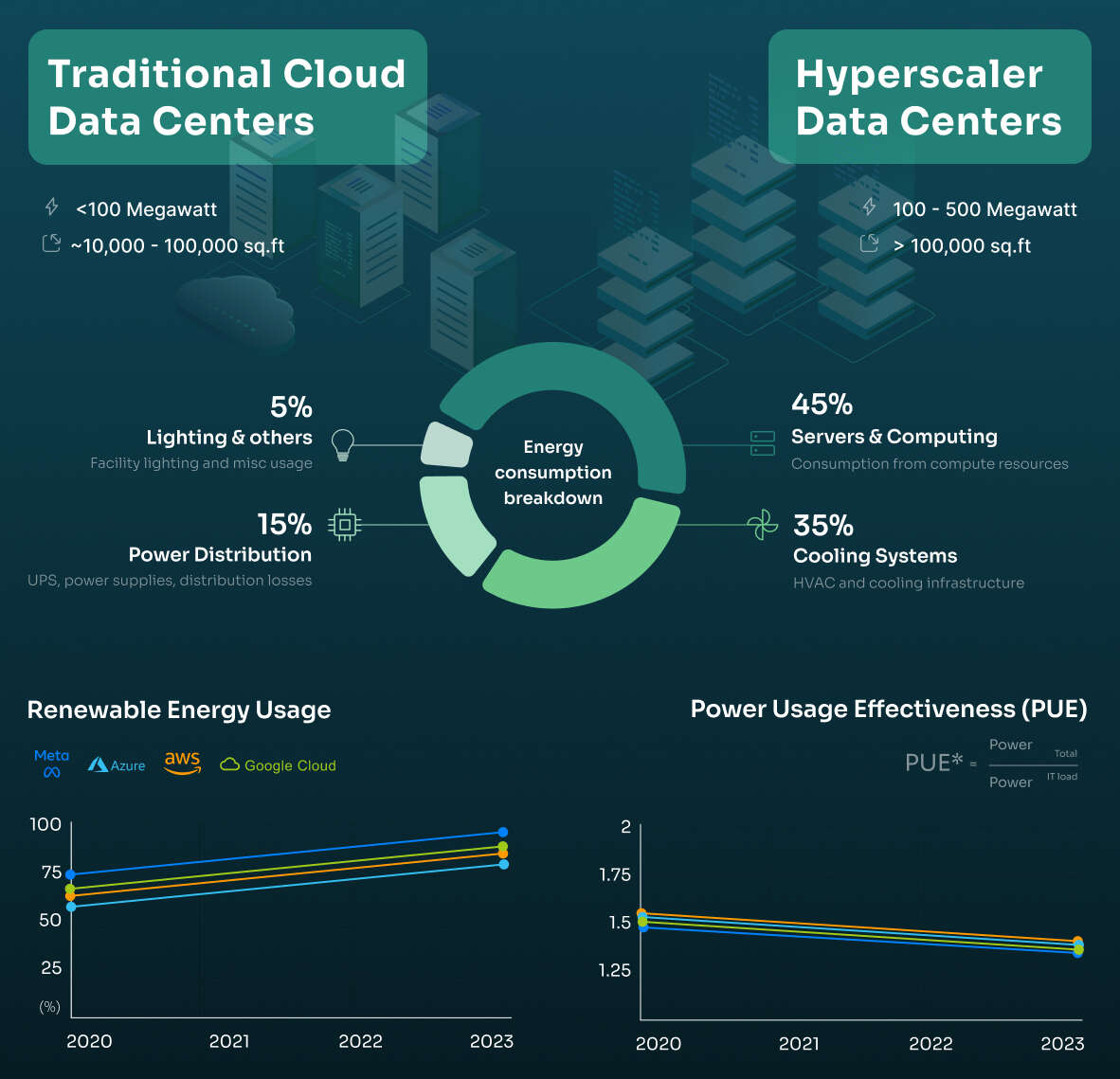To cement America’s leadership in AI, President Trump has launched the Stargate Project, a $500B initiative aimed at building the infrastructure necessary to train and run advanced AI systems.
So, what exactly is the Stargate Project?
It’s a company focused on constructing hyperscale data centers and securing the massive energy supply required to power them. The name comes from the 1994 film Stargate, where portals linked different worlds—fitting, given that AI is opening new frontiers of technology.
The plan? 20 hyperscale data centers, each demanding an extraordinary amount of power.
What is a Hyperscaler?
A hyperscaler refers to a company or facility that builds and operates massive, scalable computing infrastructure to support data-intensive applications like AI, cloud computing, and big data analytics. These data centers are optimized for efficiency, rapid scalability, and high-performance computing, making them the backbone of modern AI advancements.
The Energy Challenge
As an energy nerd, I dug into the numbers. Here’s what stood out:
- Data centers are energy guzzlers—Servers and cooling systems account for ~80% of total energy consumption
- Current U.S. data center energy consumption: ~250 TWh in 2024 and projected to be ~ 540TWh by 2028
AI’s Energy Impact
This explosive growth in AI demand is already reshaping the energy landscape:
⚡ Massive investments in power infrastructure
⚡ Renewable & alternative energy exploration to sustain growth
⚡ Grid modernization efforts to handle the load
We’re entering an era where AI’s success depends on our ability to generate and manage energy efficiently
The big question: Can our power grid keep up?
Would love to hear your thoughts on the energy implications of hyperscale AI
#AI #Energy #DataCenters #StargateProject #Infrastructure #RenewableEnergy #Hyperscale #Sustainability









